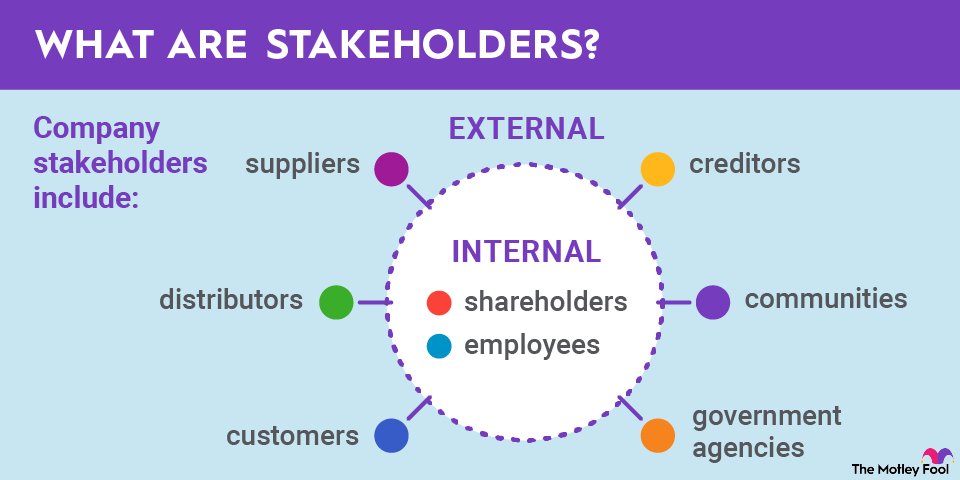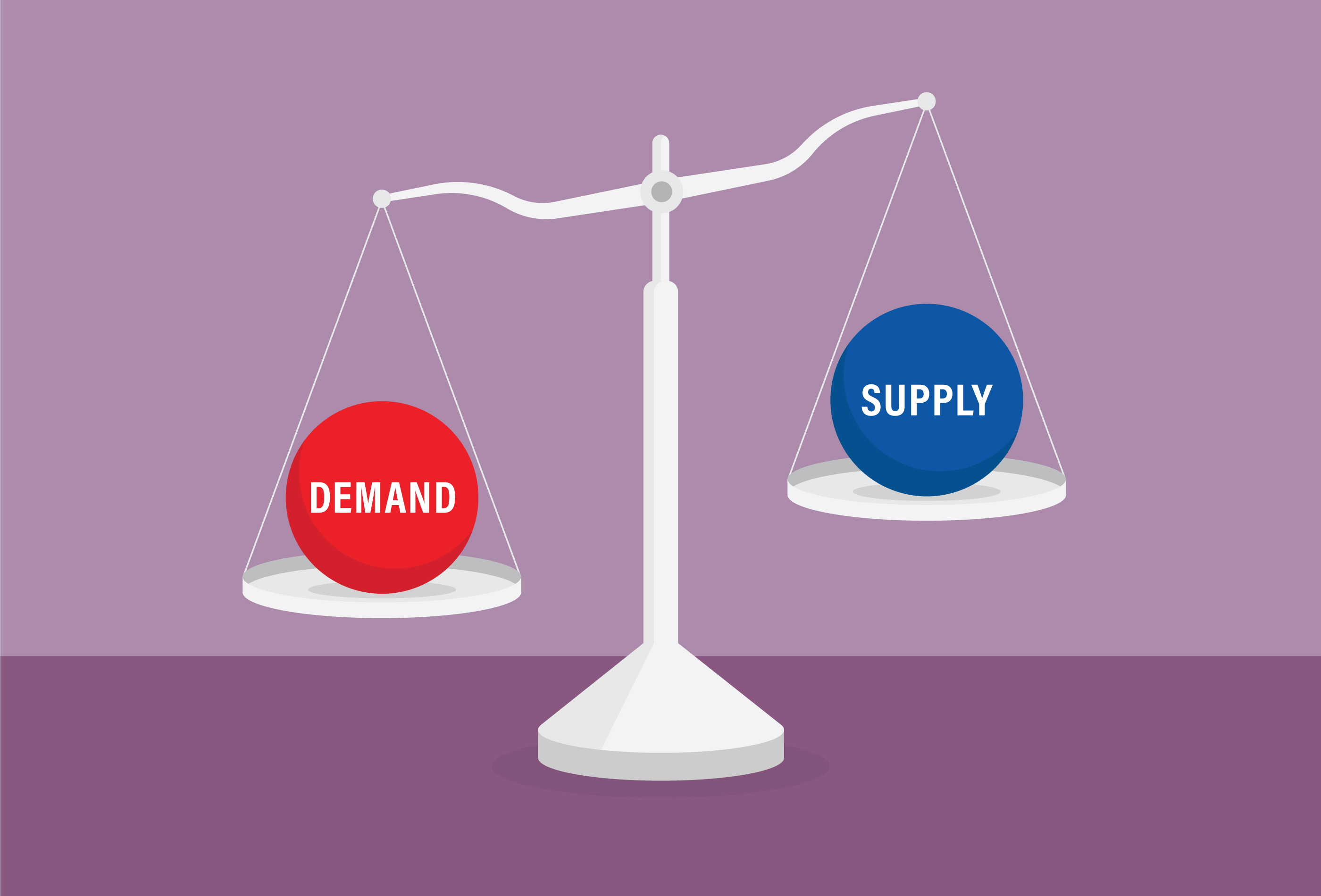Stacks (STX -3.97%) is an open-source blockchain network that brings decentralized apps (dApps) and smart contracts to Bitcoin (BTC -0.74%). Even though they're separate blockchains, Stacks and Bitcoin are effectively able to work together.
The STX token is the network's native cryptocurrency, and it's notable for being the first token offering qualified by the U.S. Securities and Exchange Commission (SEC). It's used on Stacks for transaction fees and deploying smart contracts. In addition, it can be "stacked" and earn Bitcoin rewards.
In this guide to Stacks, we'll cover what it does differently than other blockchain projects and if you should consider investing in it.

What makes Stacks unique?
Like other programmable blockchains, Stacks has smart contract functionality, meaning it can be used for dApps and non-fungible tokens (NFTs). The unique thing about Stacks is that it links to Bitcoin and turns the Bitcoin blockchain into a programmable base layer. Most programmable blockchains, such as Ethereum (ETH -0.18%), start from scratch.
This means Stacks leverages Bitcoin's high level of security since Stacks' transactions are settled on Bitcoin. Stacks' dApps can also interact with Bitcoin even though it's a separate blockchain.
Stacks has several interesting features that make it stand out. Here are a few that are worth mentioning:
- It uses a consensus mechanism called “proof of transfer” that recycles Bitcoin's proof-of-work system. Proof of transfer makes Stacks highly scalable and decentralized without causing additional environmental impact.
- It uses microblocks to speed up transaction processing. Stacks is limited to the same block times as Bitcoin, but, by dividing blocks into microblocks, it can reduce processing times from minutes to seconds.
- It has its own smart contract language called Clarity. An advantage of Clarity over other smart contract languages is that users can set up their own conditions for transactions and aren't limited to preprogrammed conditions.
Where Stacks came from
Stacks has a lengthy development history dating back to 2013. Co-founders Muneeb Ali and Ryan Shea started working on the idea in the Princeton University computer science department. They originally named it Blockstack and released the platform design for it in 2015.
The Blockstack team spent years on research and development and securing funding. They launched the first testnet for the blockchain, called the Stacks network, in the second quarter of 2018. The testnet was followed by the release of the mainnet in October 2018.
They also worked with the SEC for almost a year to meet its qualifications for a token sale. They were able to hold an SEC-qualified sale of STX tokens in July 2019.
By October 2019, there were more than 300 applications built on Stacks. A year later, the project went through a full rebrand from Blockstack to the Stacks ecosystem, and Blockstack PBC became Hiro Systems PBC. Blockstack said the January 2021 launch of Stacks 2.0 meant the network would be decentralized and should no longer be considered a security.
How Stacks works
Stacks connects to Bitcoin and validates transactions through its proof-of-transfer consensus mechanism. Proof of transfer is a variation on another system called proof of burn, so it helps to understand how that works first.
Proof of burn requires that miners burn their own cryptocurrency to earn the right to validate transactions. By burning more, they can mine more blocks of transactions. To compensate them for their efforts, miners receive block rewards paid in the cryptocurrency they're mining.
Proof of transfer follows the same idea except miners must transfer their cryptocurrency to other participants in the network instead of burning them.
In the Stacks proof-of-transfer system, miners transfer their Bitcoin. The protocol randomly selects a winning miner who validates a block of Stacks transactions and receives a block reward, which is paid in STX tokens.
The Bitcoin is transferred to Stacks token holders who have chosen to participate in its consensus process by locking up their STX tokens. Once again, the protocol chooses a winner at random and sends the Bitcoin to their crypto wallet address.
Related investing topics
Is Stacks a good investment?
Stacks is worth considering if you're looking for a blockchain project that works a bit differently.
It's in a competitive space, but it has some unique characteristics that set it apart from other programmable blockchains, especially the proof-of-transfer system. The fact that you can earn Bitcoin rewards by stacking STX tokens is also a significant benefit.
Stacks isn't a household name yet, which is good for investors who believe in it and still want to get in reasonably early. In terms of its price and market cap, there's still plenty of room to grow.
When investing in cryptocurrency, always remember that it's a volatile market, and prices can change dramatically. Make sure you treat it as a long-term investment and try not to pay too much attention to weekly price swings. That's especially important with a project such as Stacks since it hasn't been around too long and could take time to develop.
How to buy Stacks
Stacks is available for purchase on several popular crypto exchanges, including a few U.S. exchanges. Here are places to buy Stacks:
- Okcoin
- Coinbase Global (COIN -2.04%)
- Crypto.com
You can purchase Stacks by setting up an account on any of those exchanges. Okcoin is a good choice because it lets you stack your STX tokens. However, you could also buy Stacks on another exchange, transfer it to your wallet, and stack it in a pool.
While other programmable blockchains built from the ground up, Stacks took an innovative approach by building on Bitcoin. Its close connection to the biggest cryptocurrency could be beneficial, especially since Stacks gives investors the opportunity to earn Bitcoin rewards.



















